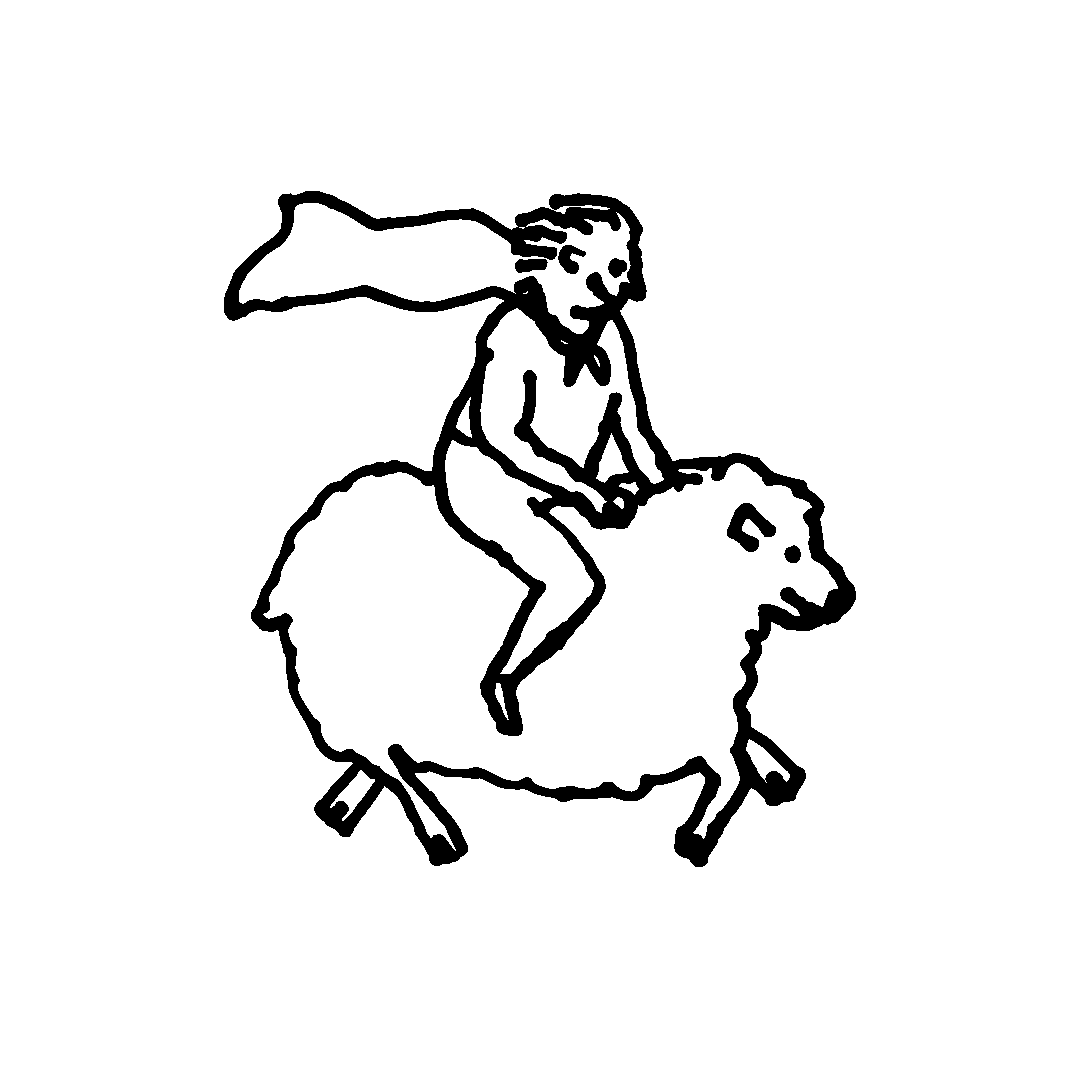What is regenerative farming?
Regenerative farming is a way of managing the land that results in more CO2 getting taken out of the atmosphere than is emitted through the sheep’s methane output and the daily farm operations. It creates sustainable long-term ecosystems by maximising soil health and increasing its natural capacity to absorb and store CO2 from the atmosphere.
Scientists estimate that by boosting carbon storage in agricultural soils by just 0.4% each year, we can store more carbon in the soil than humanity emits in a year.
This is achieved through natural plant and soil sequestration that is carefully managed. By implementing rotational grazing practices that make sure the soil and plants get to rest enough that they can grow deep roots that sequester more carbon.
Through regular soil testing, Lake Hawea Station discovered that by implementing regenerative farming, they were able to sequester 1% of carbon in their soil in a year.
This means that today Lake Hawea Station is naturally sequestering more CO2 from the atmosphere than their operations emit. Making their property, and the wool they produce, naturally carbon negative.
This way of managing the land and livestock can ensure that agriculture can become part of the solution of the climate crisis, not part of the problem.
Read more here.

